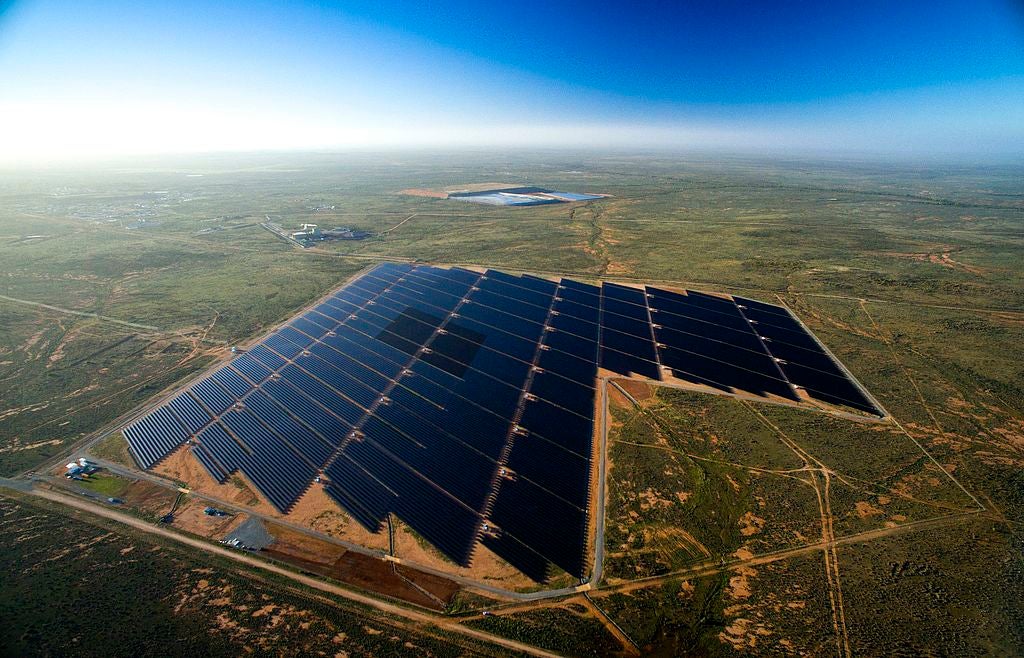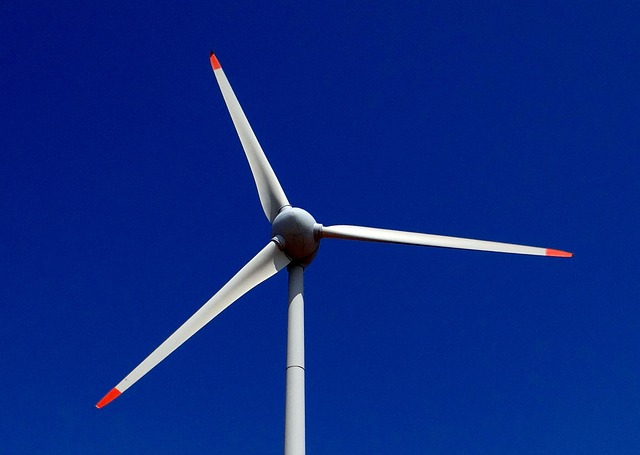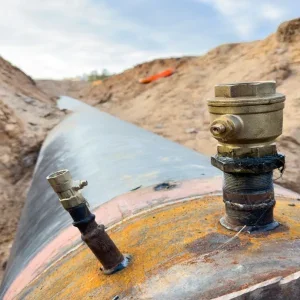
The share of renewable energy in Australia’s power grid could treble over the next decade, according to a new government analysis.
About 16% of electricity consumed in the 2018-19 financial year was generated by wind and solar power, says the country’s Energy Security Board (ESB).
But in its annual Health of the National Electricity Market, it predicted that falling technology costs, new government programmes and consumer preferences could drive the proportion of renewables to 27% by 2022 and above 40% by 2030.
It says this size and pace of change places Australia in the top tier of renewable share alongside California, Germany, Spain, Portugal and Ireland.
The low cost of this renewable generation should also lead to retail electricity prices falling 7.1% – an average saving of about $97 – by 2022.
The board – set up by the Council of Australian Governments’ Energy Council in August 2017 to improve the country’s energy security and reliability – said the transformation of the national electricity market (NEM) has “progressed at a remarkable pace and scale”.
Breakdown of renewable energy generation in Australia
The ESB analysis estimated rooftop solar PV generation now accounted for about 5% of total NEM generation – something it believes to be “uniquely Australian” – and could reach 10% by 2030.
But Australian jurisdictions are in different phases of energy transition, it admitted.

Tasmania, which has rich hydro and wind resources, leads the pack with near 100% renewables, while South Australia is well above average at about 53%.
Queensland, New South Wales, the Australian Capital Territory and Victoria – the other states in the NEM – are supplied by between 10% and 20% renewables but this proportion is “growing rapidly”.
How secure is Australia’s energy supply?
While NEM performance – assessed according to six objectives, including affordability of energy, how competitive the markets are and how carbon-friendly the supply is – was said to have improved on the previous year, the biggest issue concerning the ESB is security.
It considers a secure energy system to have appropriate levels of frequency, voltage, inertia and strength.
Security is reported as a critical matter and without it the electricity system can fail in a major way,” the board said.
“AEMO (Australian Energy Market Operator) has had to intervene in the market more than twice as much this year as the year before.
“Steps to address this issue focused on ensuring value is recognised for these services is well advanced.”

Reliability – which is assessed on having enough supply to meet demand – has improved since last year but the board said supply is “still very tight during summer peak demand in Victoria, NSW and SA”.
It added: “The increased severity of weather events, especially over summer, coincides with an ageing, and hence less dependable, coal generator fleet.”
Affordability of retail energy was said to have improved slightly over the year due to rooftop solar PV growth, falling energy demand – particularly in Queensland and South Australia – and falling wholesale costs owing to low-cost renewable generation.
The board said: “Looking forward, a downward trend in retail prices is noted. Over the period to 2021-22, a decrease in prices of 7.1% (about $97) is expected.
“A decrease in wholesale prices is the main driver and this decrease is in turn driven by new low-cost renewable generation entering the system.”
Future of Australia’s energy system
Investment in energy networks is underway as part of the ESB’s Integrated System Plan, which sets out transmission requirements over the coming decades and outlines various sites suitable for developing so-called renewable energy zones.
Work has begun on projects to upgrade the Queensland-NSW and Victoria-NSW interconnects, creating a north-west Victoria interconnect and investing in synchronous condensers to improve power grid stability in South Australia.
But the ESB noted more work is needed to improve renewable generators that are struggling to adapt to network constraints, while large transmission projects are planned in the future as part of the ongoing reconfiguration of the grid.
It added: “The distribution networks are challenged by the rapid uptake of rooftop solar PV.
“These networks were not originally designed to manage dynamic two way flows from rooftop solar solar.
“Networks are shifting to become platforms for service provision rather than dumb one way electricity flow carriers.”






